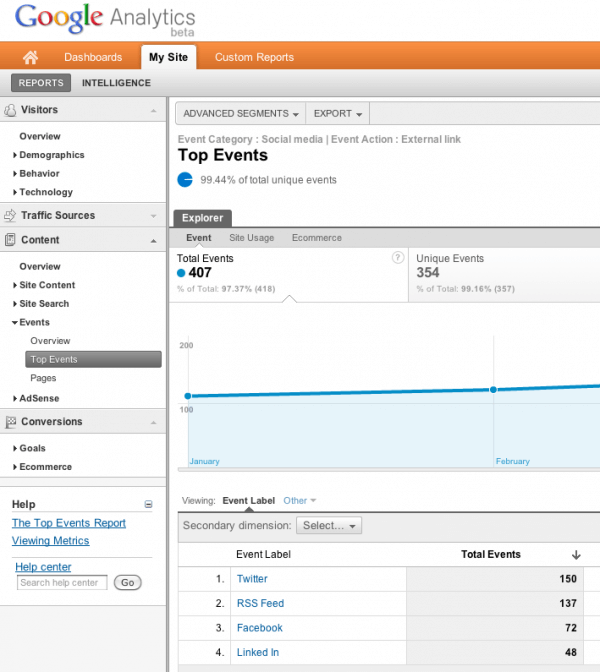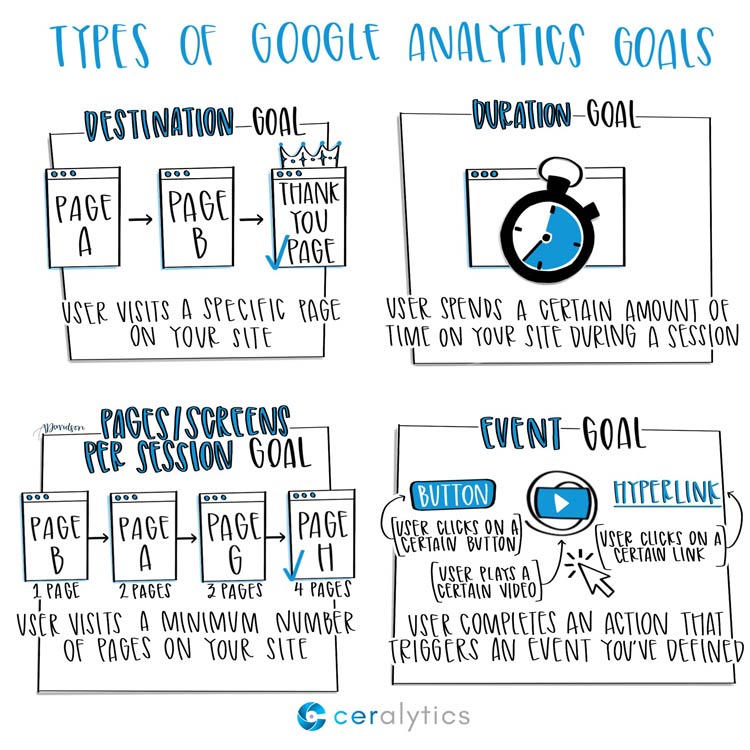What Data Is Google Analytics Goals Unable to Track: A Full Overview
What Data Is Google Analytics Goals Unable to Track: A Full Overview
Blog Article
Discover the Limitations of Google Analytics Goals: Introducing the Information Types That Remain Untrackable
As businesses increasingly depend on data-driven decision-making, recognizing the restrictions of tools like Google Analytics comes to be paramount. While Google Analytics Goals offer valuable understandings into user interactions, there exist data kinds that avoid monitoring, presenting challenges to a thorough understanding of individual behavior. These untrackable information types question regarding the precision and completeness of the analytics information that companies greatly trust for their digital strategies. Interested to discover the surprise dead spots in your data analysis procedure?
Incomplete Individual Trip Tracking
Insufficient user trip tracking within Google Analytics can hinder the ability to properly examine user actions. When the customer trip is not completely tracked, there are gaps in the data that protect against a thorough understanding of how individuals connect with a website. This lack of insight can bring about missed possibilities for optimization and improvements to the user experience.
One common problem with insufficient user trip tracking is the failure to see the full path that customers take in the past finishing a goal or leaving the site. Without this information, it is challenging to determine where users may be experiencing barriers or friction points that prevent them from converting. Furthermore, insufficient monitoring can obscure the impact of specific advertising and marketing efforts or internet site modifications on customer habits.
To address this limitation, it is vital to establish proper monitoring devices within Google Analytics to catch the entire user journey. This might include establishing event tracking, goal funnels, or using tools like Google Tag Manager to make certain that no crucial communications go unrecorded. By gaining a comprehensive sight of the user journey, internet site owners can make even more educated decisions to improve individual interaction and drive conversions.
Acknowledgment Difficulties
Navigating through acknowledgment challenges in Google Analytics calls for a thorough understanding of just how different touchpoints add to the general conversion process. Acknowledgment obstacles occur from the intricacy of modern consumer trips, where customers engage with multiple channels before transforming.
One usual acknowledgment obstacle is the trouble in connecting conversions to the right source, especially in instances where individuals engage with multiple networks before transforming. In addition, cross-device monitoring presents another attribution difficulty, as individuals commonly change between tools during their journey, making it testing to track their communications seamlessly.
Offline Conversions
Given the challenges related to connecting conversions precisely in online channels, the dimension of offline conversions offers a substantial possibility for marketers seeking a much more detailed understanding of their consumers' journey. Offline conversions refer to activities that customers absorb the real world, such as making acquisitions in brick-and-mortar shops or over the phone, participating in events, or involving with printed materials - what data is google analytics goals unable to track. These conversions are vital for businesses that operate both online and offline, as they supply important insights right into the effectiveness of advertising and marketing campaigns across numerous touchpoints
Tracking offline conversions traditionally presented a substantial difficulty for online marketers, as it was challenging to attach these actions back to particular online interactions precisely. Nevertheless, with developments in modern technology, such as the assimilation of CRM systems, one-of-a-kind identifiers, and discount coupon codes, companies can currently link the gap between online and offline information to acquire a more all natural sight of consumer habits. By efficiently measuring offline conversions, marketers can enhance their strategies, assign resources extra efficiently, and inevitably enhance the overall customer experience.
Cross-Device Monitoring
Cross-device tracking plays an important role in understanding the interconnected nature of customers' electronic communications across multiple gadgets. In today's omnichannel globe, where individuals flawlessly change in between desktop computers, smart devices, and tablet computers, tracking their actions throughout these tools is necessary for marketing experts to get a comprehensive view of their over here client journey.

Moreover, privacy concerns and regulations such as GDPR and CCPA have further complex cross-device tracking. With customers demanding more control over their information and boosted constraints on monitoring innovations, marketers must find innovative and privacy-compliant means to link individual communications across tools.
Dynamic Material Interaction
Understanding customer interaction with dynamic content check my blog is pivotal in optimizing electronic advertising and marketing methods for boosted target market communication. Dynamic material refers to site components that transform based upon individual actions, preferences, or various other factors, using a personalized experience. Tracking customer interactions with vibrant web content postures challenges for standard analytics devices like Google Analytics.
While Google Analytics can track standard communications like clicks and page views, it may have a hard time to catch even more nuanced interactions within dynamic content. what data is google analytics goals unable to track. Metrics such as time invested in specific vibrant aspects, float activities, or communications within pop-ups are usually not easily quantifiable using typical monitoring approaches. This constraint prevents marketing professionals' capacity to fully grasp just how individuals are engaging with dynamic material and tailor their techniques as necessary

Conclusion
In verdict, Google Analytics goals have restrictions in tracking insufficient customer journeys, attributing conversions properly, capturing offline conversions, tracking cross-device communications, and measuring dynamic web content involvement. These constraints highlight the relevance of discovering additional monitoring approaches and devices to acquire a more comprehensive understanding of user actions and conversions past what Google Analytics can provide.
While Google Analytics Goals deal valuable understandings right into customer communications, there exist data types that elude monitoring, posturing difficulties to a comprehensive understanding of user habits.Incomplete user journey tracking within Google Analytics can hinder the ability to accurately assess user actions. When the individual journey is not completely tracked, there are voids in the data that prevent an extensive understanding of exactly how customers engage with a website.One usual issue with insufficient user trip monitoring is the inability to see the full course that users take in the past completing a goal or leaving Learn More Here the site. By gaining a comprehensive view of the individual trip, website proprietors can make more enlightened choices to boost customer engagement and drive conversions.
Report this page